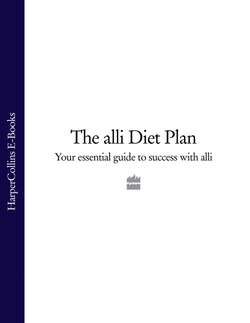Читать книгу The alli Diet Plan: Your Essential Guide to Success with alli - Литагент HarperCollins USD, F. M. L. Thompson - Страница 36
Fruit and Vegetables
ОглавлениеFruit and vegetables are a really important part of any diet, as they provide a wide range of different vitamins, minerals and important plant substances. Each vegetable and fruit contains different amounts and types of these, so it is best to include as many different fruit and vegetables as you can. Eating a range of differently coloured fruit and vegetables each day is a good way to ensure you have a mixture of these essentials. For example, carrots, sweet potato, mango and pawpaw (orange) are rich in vitamin A, while vegetables such as spinach and cabbage (dark green) provide vitamin K. Tomatoes, strawberries and peppers (red) are particularly rich in vitamin C, as too are orange and yellow citrus fruits.
Fruit and vegetables contain a high proportion of water compared to the amount of calories they provide. This means they have a low energy density, which is good news for dieters, as along with their general bulkiness they are great for filling you up without adding lots of calories or fat (with the exception of avocados).
An often overlooked dietary essential is fibre, which is found in all plant foods. Fibre is the term used for many different compounds, and each has its own beneficial functions in the body. Keeping your bowel habits regular relies on insoluble fibre. Soluble fibre, meanwhile, increases feelings of fullness and also has a positive influence on your blood cholesterol levels.
You should be aiming for at least five portions of fruit and vegetables each day. If you are uncertain as to what a portion is, have a look at Chapter 9 – but don’t forget that juice only counts once a day, and potatoes don’t count as vegetables. Also – to help you see that getting your five a day doesn’t have to be difficult – the menu plans in Chapter 3 all include at least five portions of fruit and vegetables.
